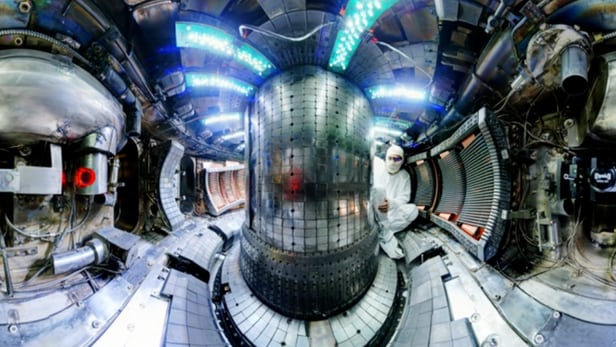
Breaking News
 Erika Kirk shares update after private in-person meeting with Candace Owens
Erika Kirk shares update after private in-person meeting with Candace Owens
 Candace Owens Reacts to Erika Kirk's Interviews and Comments about Questioning TPUSA
Candace Owens Reacts to Erika Kirk's Interviews and Comments about Questioning TPUSA
 Bank of America just leaked their report to institutional clients.
Bank of America just leaked their report to institutional clients.
 IDEAL HUB TO KICK OFF THE GRAND PLAN: BIRTH OF "USAMERICAS"
IDEAL HUB TO KICK OFF THE GRAND PLAN: BIRTH OF "USAMERICAS"
Top Tech News
 This tiny dev board is packed with features for ambitious makers
This tiny dev board is packed with features for ambitious makers
 Scientists Discover Gel to Regrow Tooth Enamel
Scientists Discover Gel to Regrow Tooth Enamel
 Vitamin C and Dandelion Root Killing Cancer Cells -- as Former CDC Director Calls for COVID-19...
Vitamin C and Dandelion Root Killing Cancer Cells -- as Former CDC Director Calls for COVID-19...
 Galactic Brain: US firm plans space-based data centers, power grid to challenge China
Galactic Brain: US firm plans space-based data centers, power grid to challenge China
 A microbial cleanup for glyphosate just earned a patent. Here's why that matters
A microbial cleanup for glyphosate just earned a patent. Here's why that matters
 Japan Breaks Internet Speed Record with 5 Million Times Faster Data Transfer
Japan Breaks Internet Speed Record with 5 Million Times Faster Data Transfer
 Advanced Propulsion Resources Part 1 of 2
Advanced Propulsion Resources Part 1 of 2
 PulsarFusion a forward-thinking UK aerospace company, is pushing the boundaries of space travel...
PulsarFusion a forward-thinking UK aerospace company, is pushing the boundaries of space travel...
 Dinky little laser box throws big-screen entertainment from inches away
Dinky little laser box throws big-screen entertainment from inches away
 'World's first' sodium-ion flashlight shines bright even at -40 ºF
'World's first' sodium-ion flashlight shines bright even at -40 ºF
Under pressure: New world record set on path to nuclear fusion

Because scientists would have to basically reproduce the conditions at the core of the sun to bring this atom-mashing technology to fruition though, it's been a bit slow to evolve. Researchers at MIT however, have just passed an important milestone on the long path to a fusion future, placing plasma under what they say is the most pressure ever created in a fusion device.
In nuclear fusion, the nuclei of atoms are basically forced to join together despite their natural repellency. When they fuse, they release a tremendous amount of energy. How much? Well, it's the process that keeps our sun churning, where molecules of hydrogen are fused together in its core to create helium.
To recreate controlled nuclear fusion on Earth (unlike the uncontrolled version involved in a hydrogen bomb), gas is first heated to super-hot temperatures to form plasma. The plasma is simultaneously placed under intense pressure with the goal of keeping it stable, and is contained by an electromagnetic field.



